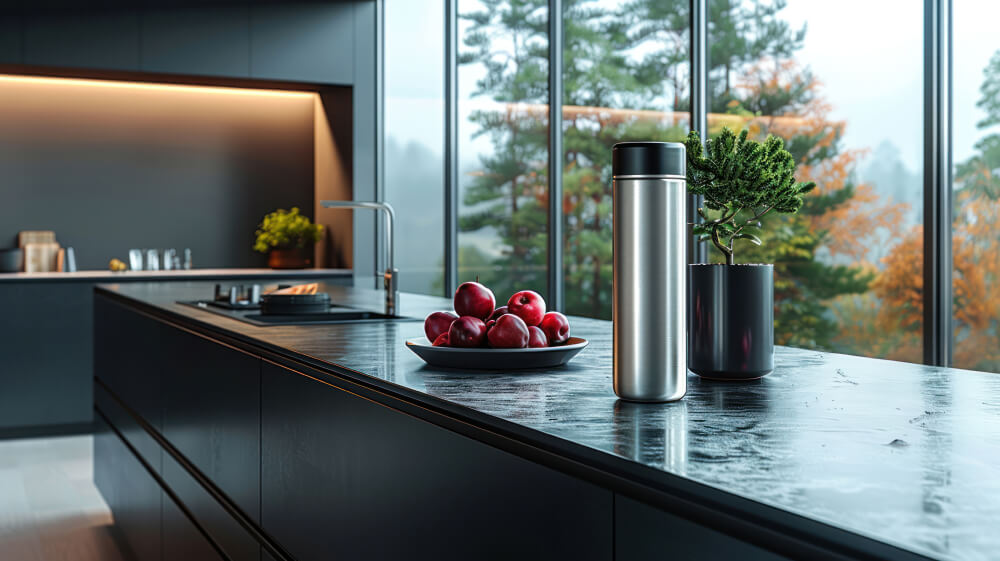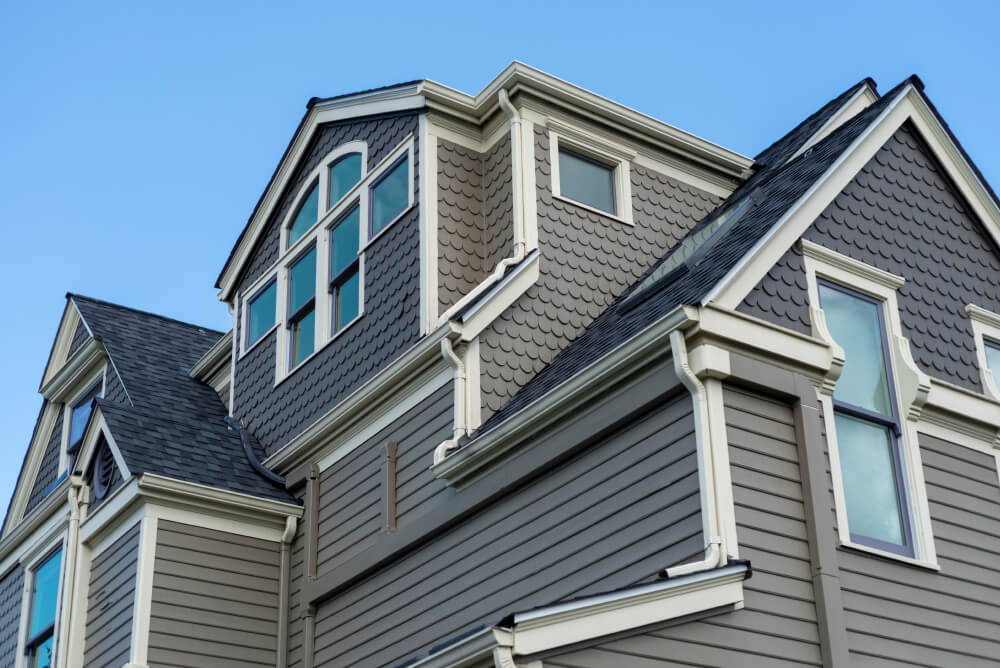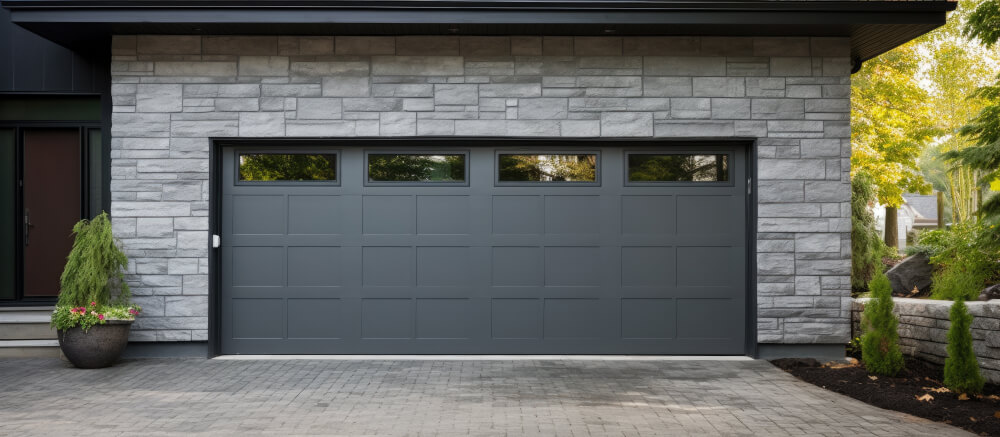1. Solid Wood Doors
Overview Solid wood doors are made entirely from natural wood and are known for their strength, durability, and timeless appeal. They are available in a variety of wood species, including oak, maple, cherry, and pine.
Benefits
- Aesthetic Appeal: Offers a rich, natural look with unique grain patterns and textures.
- Durability: Highly durable and resistant to wear and tear, making them ideal for high-traffic areas.
- Sound Insulation: Provides excellent sound insulation due to the solid construction.
- Customizability: Can be easily stained, painted, or carved to match your home’s decor.
Drawbacks
- Cost: Generally more expensive than hollow core and composite doors.
- Weight: Heavier than other types of doors, which can make installation more challenging.
- Maintenance: Requires regular maintenance to prevent warping, cracking, and moisture damage.
Costs
- Price Range: $150 to $500 per door, depending on the wood species and design.
Top Choices
- Oak Doors: Durable and resistant to wear, with a distinctive grain pattern.
- Maple Doors: Known for their smooth finish and fine grain.
- Cherry Doors: Offers a rich, warm color that deepens over time.
Join HICP Homeowner’s Alliance
Connect with experts, get special discounts and enjoy member benefits
2. Hollow Core Doors
Overview Hollow core doors are made from a thin veneer of wood or fiberboard over a core of cardboard or honeycomb structure. They are lightweight and cost-effective, making them a popular choice for interior doors in residential properties.
Benefits
- Affordability: Typically the least expensive option among interior doors.
- Lightweight: Easier to handle and install due to their lightweight construction.
- Versatility: Available in a variety of styles, finishes, and designs.
- Low Maintenance: Requires minimal maintenance compared to solid wood doors.
Drawbacks
- Durability: Less durable and more prone to damage compared to solid wood and composite doors.
- Sound Insulation: Provides poor sound insulation due to the hollow construction.
- Feel: Lacks the substantial feel of solid wood or composite doors.
Costs
- Price Range: $30 to $100 per door.
Top Choices
- Masonite Hollow Core Door: Offers a range of styles and finishes.
- Jeld-Wen Hollow Core Door: Known for their affordability and design options.
3. Composite Doors
Overview Composite doors are made from a combination of materials, including wood fibers, PVC, and other synthetic materials. They are designed to offer the look of wood with enhanced durability and low maintenance requirements.
Benefits
- Durability: More durable and resistant to warping, cracking, and moisture compared to solid wood and hollow core doors.
- Aesthetic Appeal: Can mimic the look of real wood with various finishes and textures.
- Sound Insulation: Provides good sound insulation due to the solid core construction.
- Low Maintenance: Requires minimal maintenance and is resistant to pests and moisture.
Drawbacks
- Cost: More expensive than hollow core doors but generally less expensive than solid wood doors.
- Environmental Impact: Made from synthetic materials, which may not be as eco-friendly as natural wood.
- Weight: Heavier than hollow core doors, which can make installation more challenging.
Costs
- Price Range: $100 to $300 per door.
Top Choices
- Masonite Safe ‘N Sound Interior Door: Known for its solid core and sound insulation properties.
- Jeld-Wen ProCore Door: Offers durability and a variety of design options.
Comparison Overview
Durability and Maintenance
- Solid Wood: Highly durable but requires regular maintenance to prevent damage.
- Hollow Core: Less durable and more prone to damage, but requires minimal maintenance.
- Composite: Durable and resistant to warping and moisture, with low maintenance requirements.
Aesthetic Appeal
- Solid Wood: Offers a rich, natural look with unique grain patterns.
- Hollow Core: Available in various styles and finishes, but lacks the authenticity of real wood.
- Composite: Mimics the look of wood with various finishes and textures.
Sound Insulation
- Solid Wood: Provides excellent sound insulation.
- Hollow Core: Poor sound insulation due to the hollow construction.
- Composite: Good sound insulation with a solid core.
Cost
- Solid Wood: Most expensive option, but offers long-term value and durability.
- Hollow Core: Least expensive option, suitable for budget-conscious homeowners.
- Composite: Moderately priced, offering a balance of cost, durability, and aesthetics.
Installation
- Solid Wood: Heavier and more challenging to install, may require professional installation.
- Hollow Core: Lightweight and easy to install, suitable for DIY projects.
- Composite: Heavier than hollow core doors, may require professional installation for best results.
Conclusion
Choosing the right interior door style depends on your priorities, including budget, durability, aesthetic preferences, and sound insulation needs. Solid wood doors offer timeless beauty and durability but come with a higher cost and maintenance requirements. Hollow core doors are budget-friendly and easy to install but lack the durability and sound insulation of solid wood and composite doors. Composite doors provide a balance of durability, aesthetics, and low maintenance, making them a versatile choice for many homeowners.
Consider your specific needs and preferences when selecting interior doors for your home. By choosing the right type of door, you can enhance the functionality, aesthetics, and value of your living spaces.




















